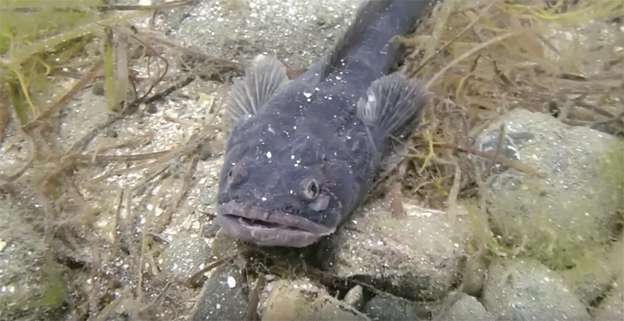Studying strange visitors from an ecosystem far, far away

Strange creatures are visiting our shores each summer.
They come from the dark waters of the deep sea, bringing their strange habits to temporary homes in the mud along British Columbia's rocky shoreline.
The visitors are plain-finned midshipman fish, and McMaster researchers want to know more about them.
So-named for the way their photophores (light-emitting organs used to catch prey) resemble the buttons found on naval uniforms, plain-finned midshipman fish are an interesting bunch.
The species has three genders, bury themselves in sand or mud during the day and are probably best known for their vocalizations – grunts, growls and hums that can last anywhere from milliseconds to an hour.
Researchers from the Aquatic Behavioural Ecology Laboratory have been studying the unique species of fish for nearly 10 years in an effort to better understand evolution in extreme conditions.
Each year, research teams travel to the Pacific northwest to work with the fish in its summer home: the warm waters of the so-called "intertidal zone."
There, the scientists have witnessed the impact humans have had on the ocean and its inhabitants first-hand.
The work was highlighted recently in a video produced by Aneesh Bose, a member of the research team, for a video contest on environmental research:
Provided by McMaster University





















